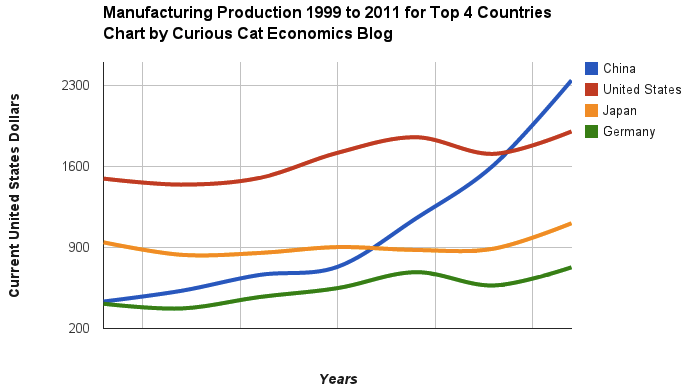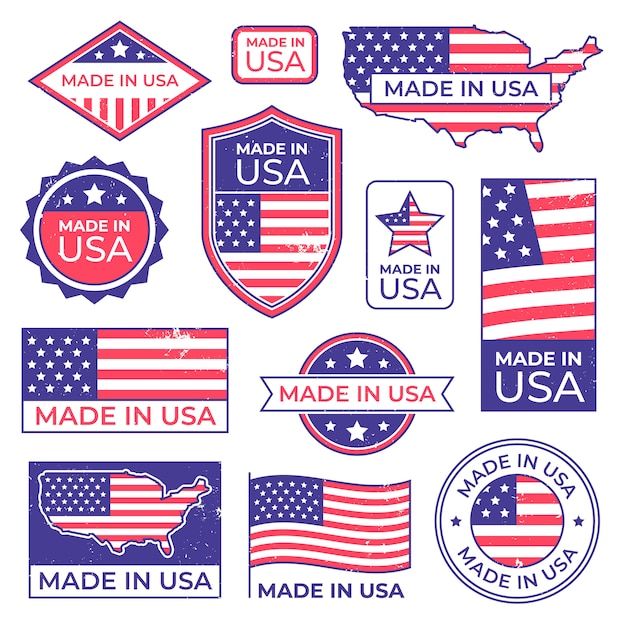The Greatest Guide To What Is Industrial Manufacturing
We oppose a heavy-handed commercial policy that requires the federal government to try to select winners. Governments do a lousy task of playing lender or venture capitalist, as shown by the current brouhaha over federal and state loans and aids to solar-panel companies that then failed or closed some U.S

. As soon as important capabilities have actually migrated, trying to prop up domestic business through aids or other targeted assistance is not a solution. Consider the situation in solar photovoltaics. American solar PV firms argue (correctly) that their Chinese competitors have an unreasonable advantage due to the fact that of subsidies from the Chinese federal government. But Chinese competitors have another edge: Solar PV shares much of its innovation infrastructure and supply chain with the electronics industry, which is now centered in Asia.


While we oppose targeted industrial policies, we do think that federal government has a key role to play in supporting development, consisting of development associated to production. Here are two policy approaches that history suggests will be efficient: In the past, government funding of standard and applied research study has actually helped considerably enhance the nation's foundations of development.

These efforts prepared for the internet, electronic design automation, advanced computer system graphics, the surge in agricultural performance, and the transformation in genetics-based drug discovery. The federal government has actually also played a major role in financing the development of important production innovations. Today most advanced jet engines utilize esoteric metals and ceramics efficient in running under severe heat and pressure.
Much of the science underlying the processes utilized to make them was generated by government-funded standard research in metallurgy in the 1960s. However over the previous twenty years, funding for metallurgical research study-- and for other process-related sciences-- has mainly dried up. The deep combination of product-design and manufacturing procedures can in fact present a significant barrier to entry for newcomers.
That would be a good primary step toward redressing the deficiency in research financing for manufacturing-related science. And even $1 billion a year is reasonably modest when compared to the government's total annual R&D budget plan of $143 billion or the $31 billion NIH budget plan. (Obviously, in today's budgetary environment the possibility that the council's recommendation will be embraced is low.) Private-sector R&D is normally most efficient when focused on issues directly related to a company's specific markets, consumers, or manufacturing processes.
However companies are not well positioned to purchase basic or applied research study. The payoffs are too far in the future and too scattered. Unless the government takes the lead, a U.S. production renaissance is unlikely. A full-blown exposition of tax and regulative policies is well beyond the space limitations of this post, but it's clear that high business tax rates and complex, ever-changing regulations discourage investment in U.S.
Industrial Manufacturing Services for Beginners
Beyond getting the essentials right in those areas, the most essential method government can encourage domestic manufacturing may be by supporting training. We have actually heard the same avoid lots of executives we've talked with: "We would enjoy to do more production in the U.S., however we can't discover individuals with the ideal technical skills." Tool and die makers, upkeep service technicians, operators efficient in working with extremely sophisticated computer-controlled equipment, experienced welders, and even production engineers remain in short supply.
As manufacturing plants closed or scaled back, lots of people in those occupations carried on to other things or retired. Seeing less task potential customers down the roadway, young people selected other professions. And lots of community and trade schools, starved of trainees, downsized their technical programs. Federal government policy makers have a mind-set that production is an excellent sector for individuals with less education and less training.
That needs to alter. In a global economy where understanding and capabilities drive development, competitive advantage is formed by both supervisors and policy makers. The notion that the United States and other advanced nations are not supposed to be proficient at production has no basis in any theory and no empirical proof to support it.

The United States has actually been carrying out a multidecade experiment evaluating the hypothesis that it can thrive as a post-industrial economy. American magnate and policy makers should abandon that experiment now-- prior to it's far too late. A variation of this post appeared in the March 2012 issue of Harvard Business Evaluation.
Some something to chew on: the U.S. had as numerous individuals working in the manufacturing sector in December as it did 69 years back. The 32,000 positions added in December took the total number of positions in producing to 12.84 million. In November 1949, there were 12.88 million production workers, at the end of a sharp economic downturn.

in 2019 in another way. Then, some 30% of American civilian employees outside the farm sector remained in manufacturing; now, that portion stands at just 8.5%, about as low as it's ever been. The burrowing of America's commercial base, and the loss of the extremely paid jobs for the high-school educated that supported them, goes some way to show the tectonic shifts in U.S
. Last year, 264,000 brand-new manufacturing tasks were added, representing the greatest variety of brand-new employees since 1988. As a percent of the total workforce, production increased for the very first time considering that 1984. The White Home has not been shy about taking credit, and it's framing current trade negotiations with China as a method of additional increasing those numbers.
All about Industrial Manufacturing Technician
Bernard Baumohl, chief worldwide financial expert for The Economic Outlook Group in Princeton, N.J., said two significant things are occurring-- one, companies are deciding to employ workers instead of increase capital expenditure, and 2, the White House is actively attempting to disrupt international supply chains. Baumohl said business have concerned the conclusion that the likely 3% development the U.S.
" Workers are seen more like inventory," he states. "If you require them, you can employ them, and if the economy really turns south, you can let them go." "CEO have taken a very reasonable technique," he said. Moreover, business already are bring a record quantity of debt, all at a time when rate of interest are increasing.
the original source dig this browse around here